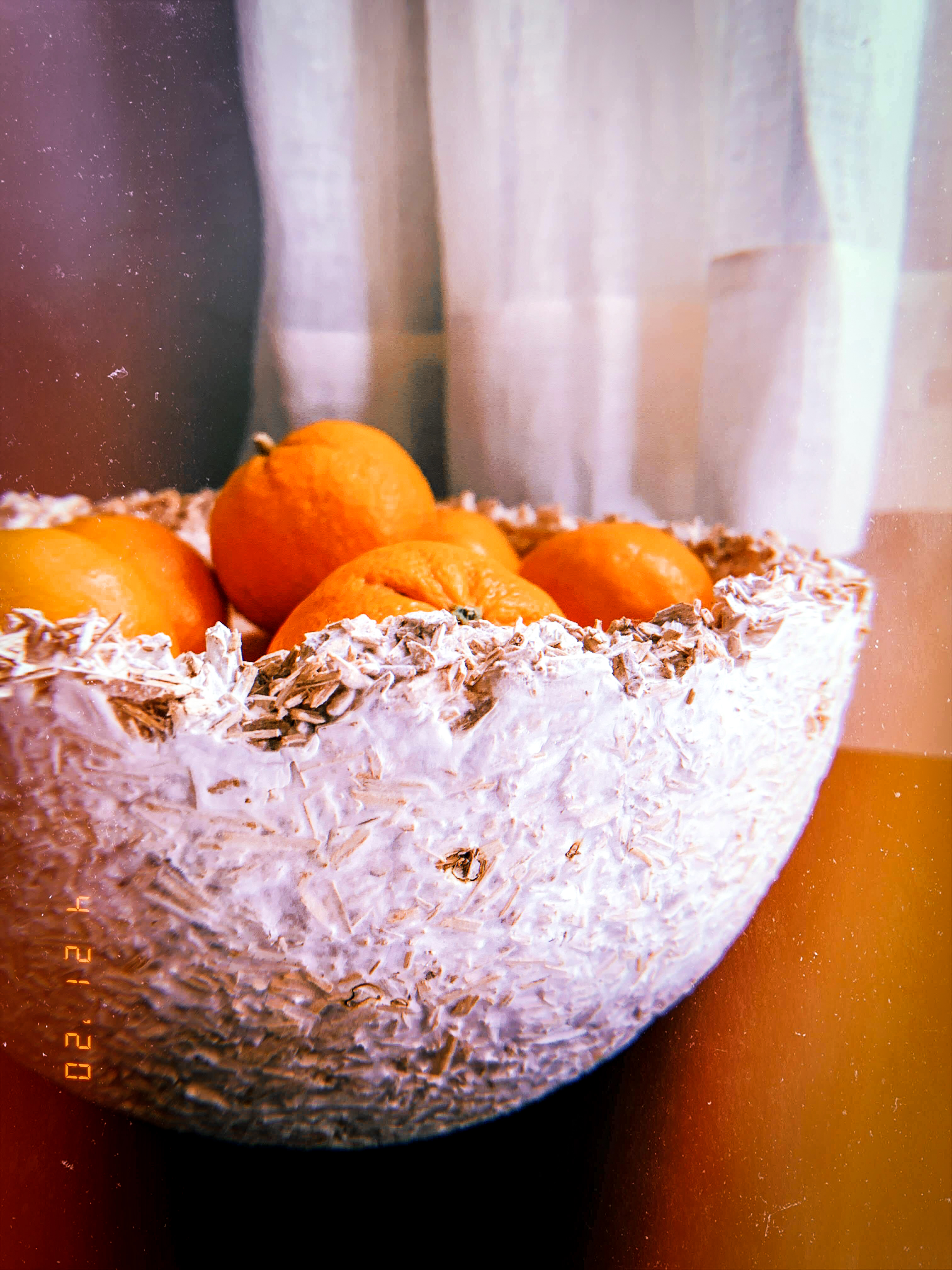Cooking with mycelium
Researchers from the University of Colorado created a recipe book to cook with mycelium.
Mycelium is the vegetative structure of fungi. Think of mycelium as the root system while the mushrooms are the fruits. However, we can also think of mycelium as a promising biodegradable material for fabrication. To get you started, researchers from the University of Colorado created a recipe book to cook with mycelium. We caught up with two team members (Fiona Bell and Farjana Ria Khan) to learn more.






